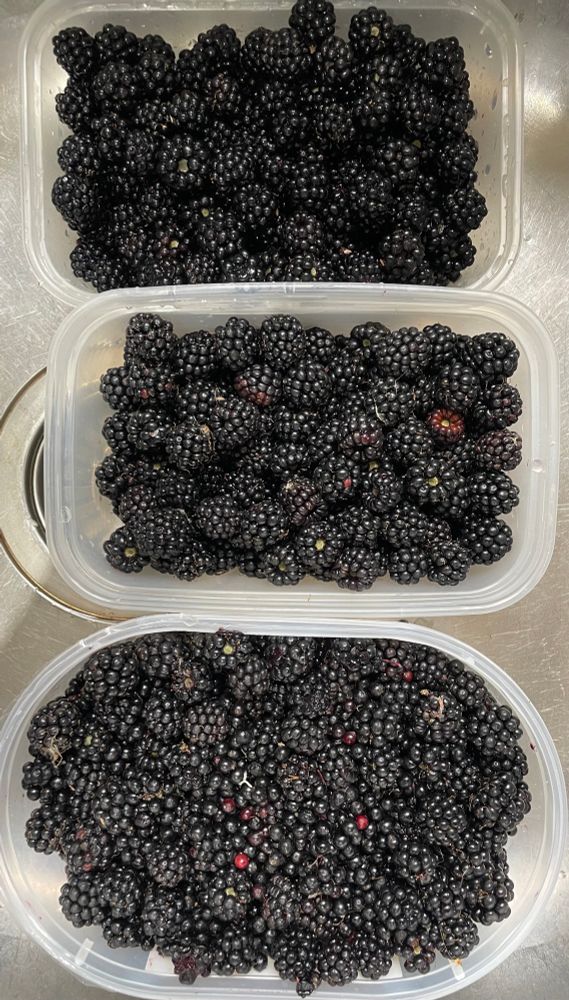
Blackberries! Loads of them! Going back tomorrow for more. Will make a crumble and jam. Have a plan for some colorimetry too😀#GardenIndicators
30.08.2025 19:18 — 👍 1 🔁 0 💬 0 📌 0@crocodilechemi1.bsky.social
Back working in school science technician-ing. RSciTech. Background in coatings R&D. Loves Chemistry and makes pictures out of chemical droplets or from videos of chemical reactions (RGB plots). Custodian of the #GardenIndicators spreadsheet!

Blackberries! Loads of them! Going back tomorrow for more. Will make a crumble and jam. Have a plan for some colorimetry too😀#GardenIndicators
30.08.2025 19:18 — 👍 1 🔁 0 💬 0 📌 0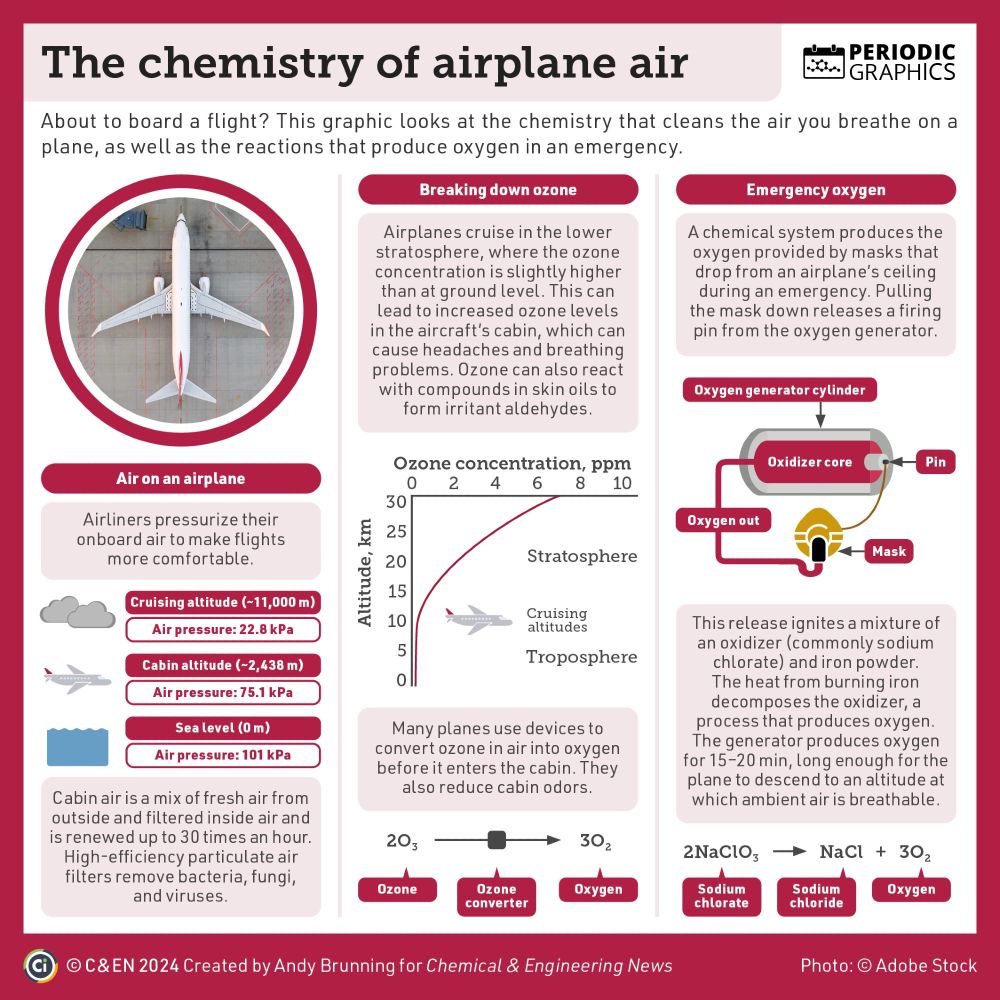
Infographic on the chemistry oof air on a plane. Airliners pressurize onboard air to make flights more comfortable. In the cabin, the air pressure is 75.1 kPa, compared with 101 kPa at sea level. Cabin air is a mix of fresh and filtered air and is renewed up to 30 times an hour. Filters remove bacteria, fungi, and viruses. Airplanes cruise in the lower stratosphere, where the ozone concentration is slightly higher than at ground level. This increases cabin ozone levels, which can cause headaches and breathing problems. Many planes use devices to convert ozone in air into oxygen before it enters the cabin. A chemical system produces the oxygen provided by masks that drop from an airplane’s ceiling in an emergency. Pulling the mask down releases a firing pin from the oxygen generator cylinder. This release ignites a mixture of an oxidizer and iron powder. The heat from burning iron decomposes the oxidizer, a process that produces oxygen. The generator produces oxygen for 15–20 min.
I’m flying out to San Diego for #ACSSpring2025 today! Here’s a reminder of the chemistry that cleans the air you breathe on a plane in @cenmag.bsky.social: cen.acs.org/safety/consu...
#ChemSky 🧪
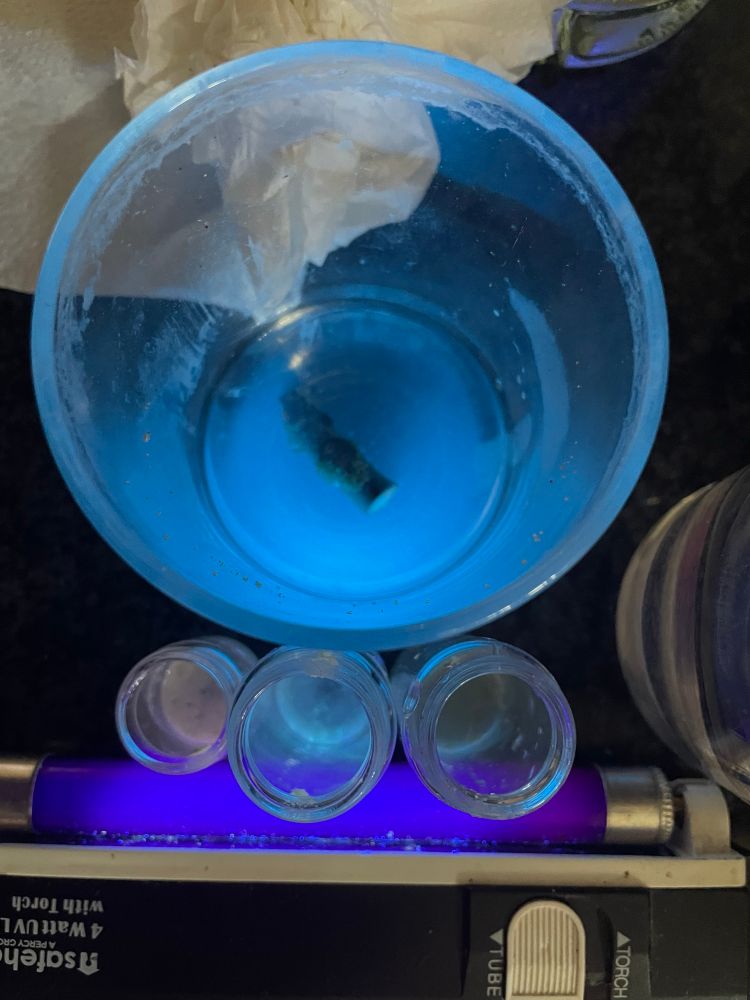
Showing blue fluorescence with a horse chest branch in water. Slight red with pumpkin seeds, blue with sesame and fennel seeds under uv light
I’ve been testing out ‘things that glow’ for our chemistry club. A Horse chestnut branch in water just blew my mind! Thanks @andrestrujado.bsky.social for the suggestion ages ago. The others are pumpkin, sesame and fennel seeds in vodka!
16.03.2025 17:20 — 👍 5 🔁 1 💬 0 📌 0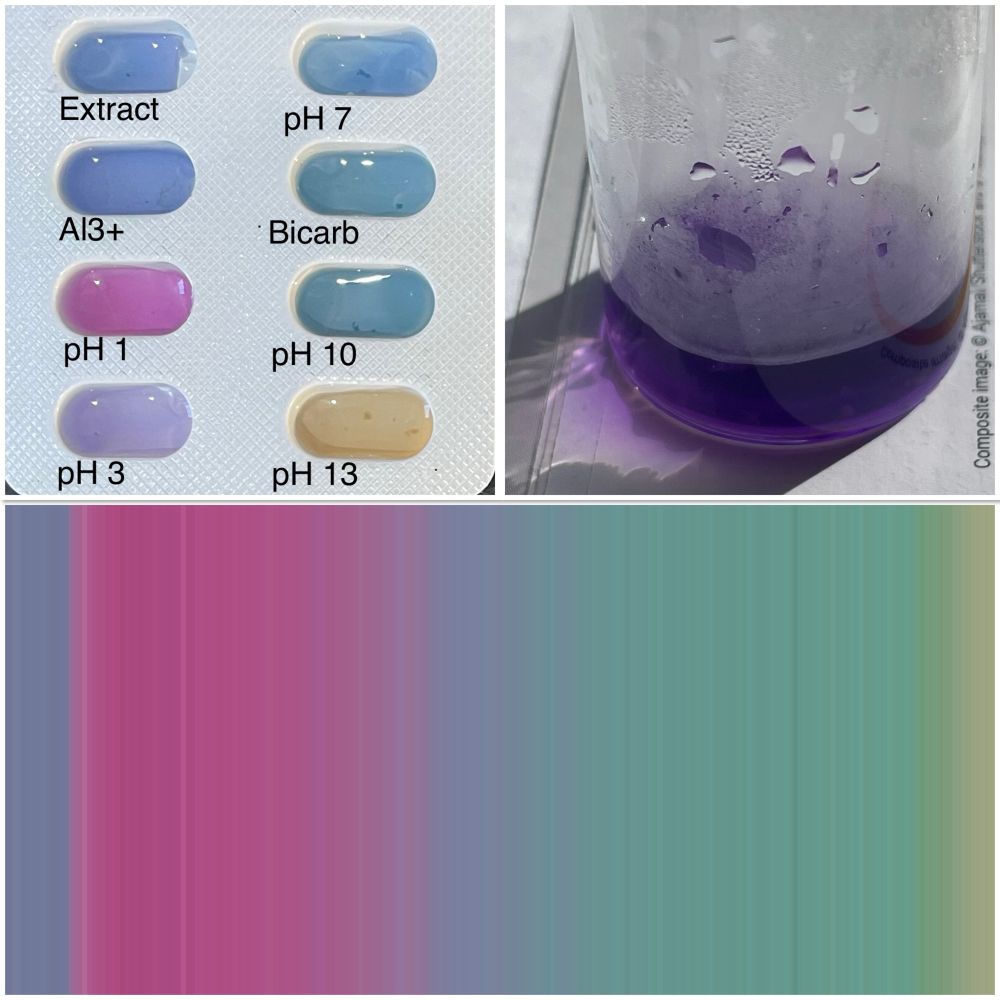
Testing the pH colour changes of a viola petal. Pink in acid, purple/ blue at neutral pH, then a gorgeous teal at around pH 8 and into the yellows above pH 12
Here’s the pH profile of a small purple viola petal used as a cake decoration. I resisted the temptation to eat it, instead it gave itself to science! #GardenIndicators
15.03.2025 10:58 — 👍 2 🔁 0 💬 0 📌 0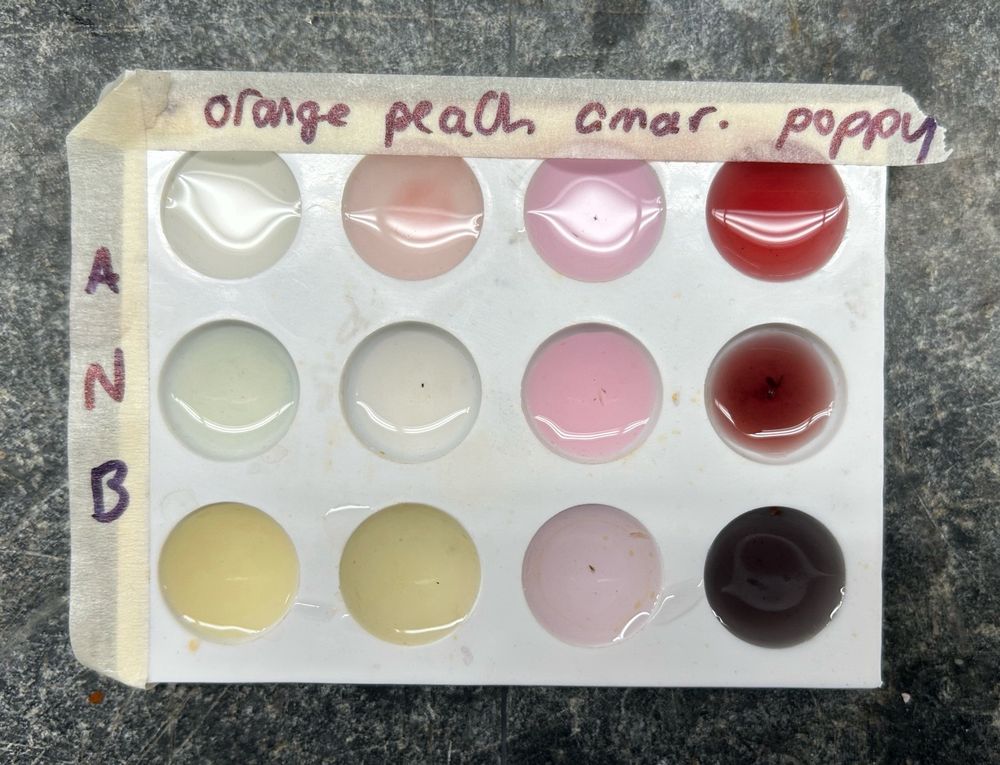
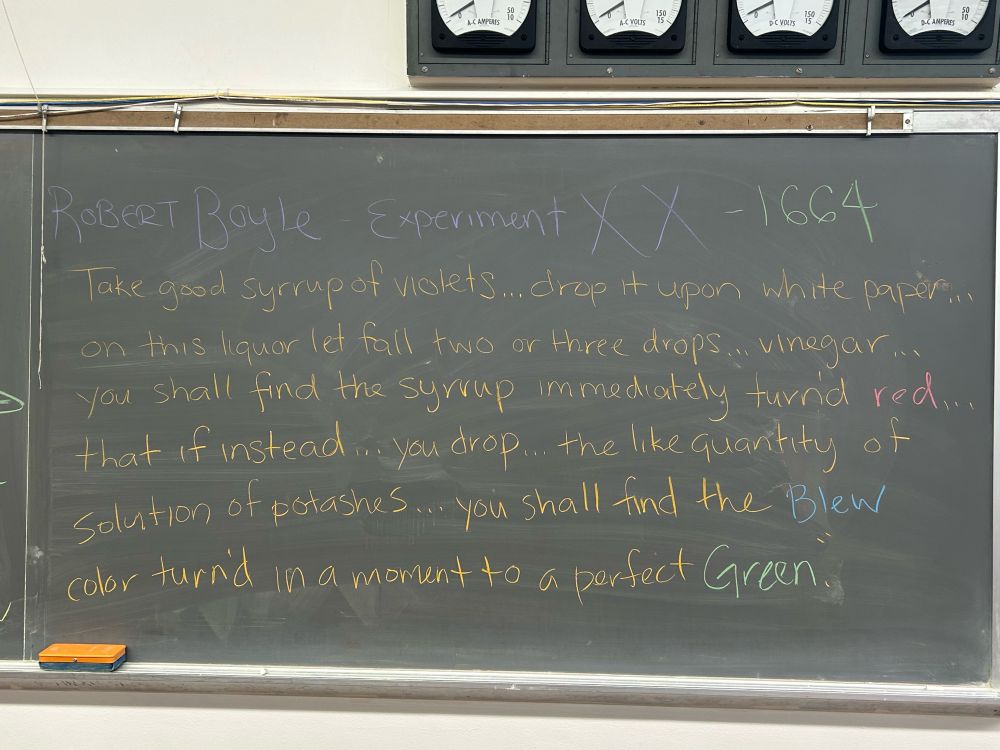
It’s #RSCPoster day and #gardenindicators day in the lab:
Is it spring yet?
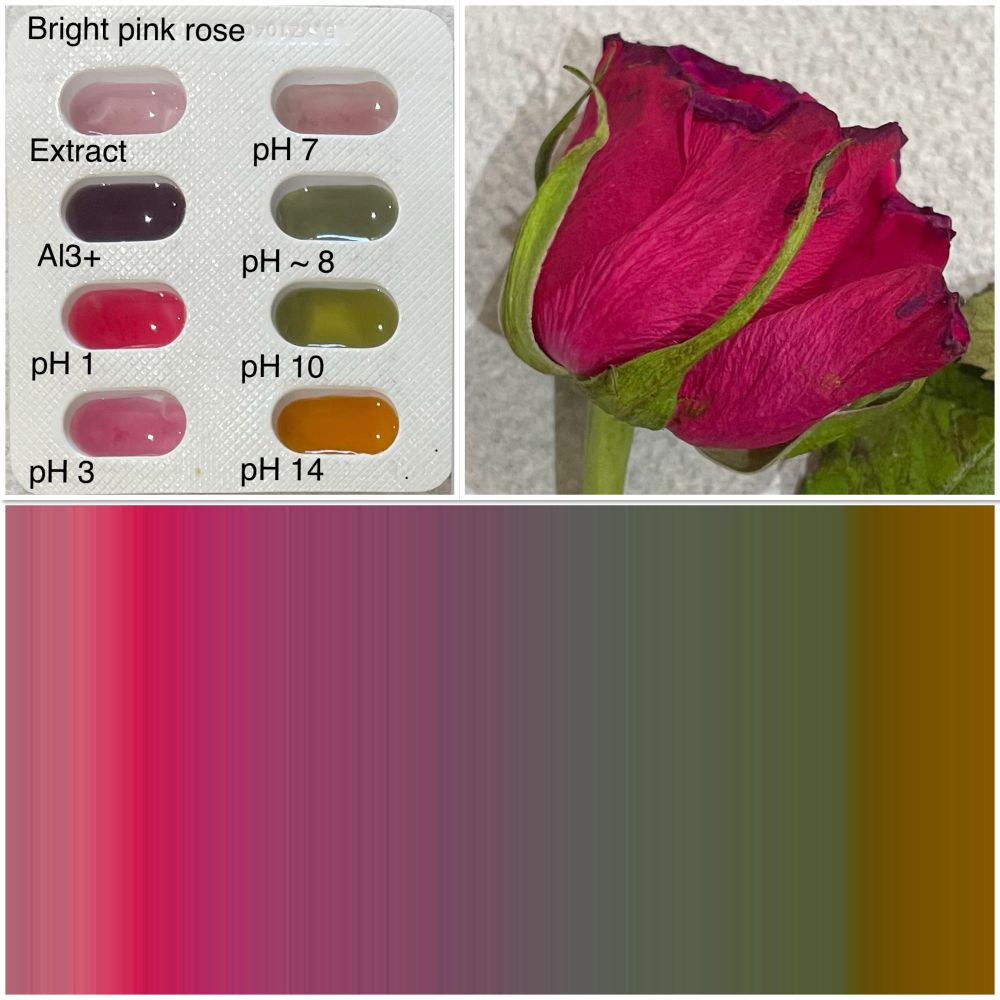
A collection of 3 pictures showing a deep pink flower and its pH evaluation in a blister pack for pH 1, 3, 7, 8, 10 and 14. Then there’s a continuous profile using RGB values to generate a plot for its neutralisation reaction from pH1 to 14
I had to buy some flowers for a practical at work, naturally I chose the ones I thought would give an interesting pH profile. Nice colour with Al ³⁺ ions too! #sciencetechnician
02.03.2025 14:07 — 👍 3 🔁 0 💬 0 📌 0Iron thiocyanate formation in a droplet. #MicroscaleChemistry is so cool!
02.03.2025 08:43 — 👍 1 🔁 0 💬 0 📌 0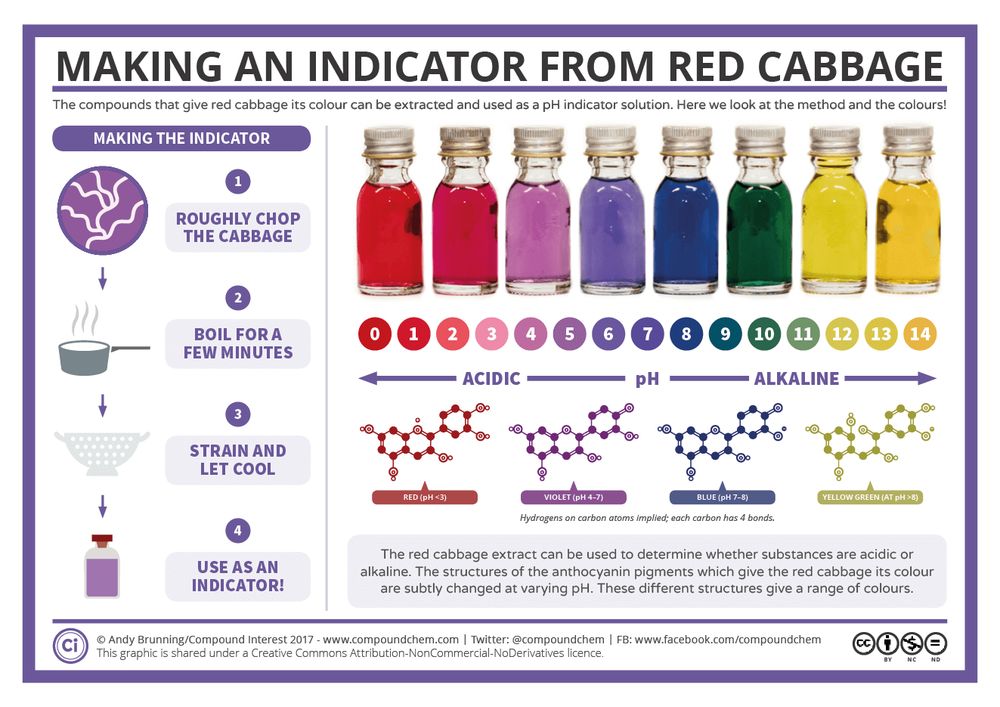
Infographic on making a pH indicator from red cabbage. The indicator can be made by roughly chopping cabbage, boiling, straining, and collecting the liquid. The extract contains anthocyanin pigments which give different colours in solutions of different pH, ranging from red, through purple, to green and yellow.
Today is #NationalCabbageDay, which is always a good opportunity to remind everyone that red cabbage can be used to make a colourful pH indicator solution! www.compoundchem.com/2017/05/18/r...
#ChemSky 🧪
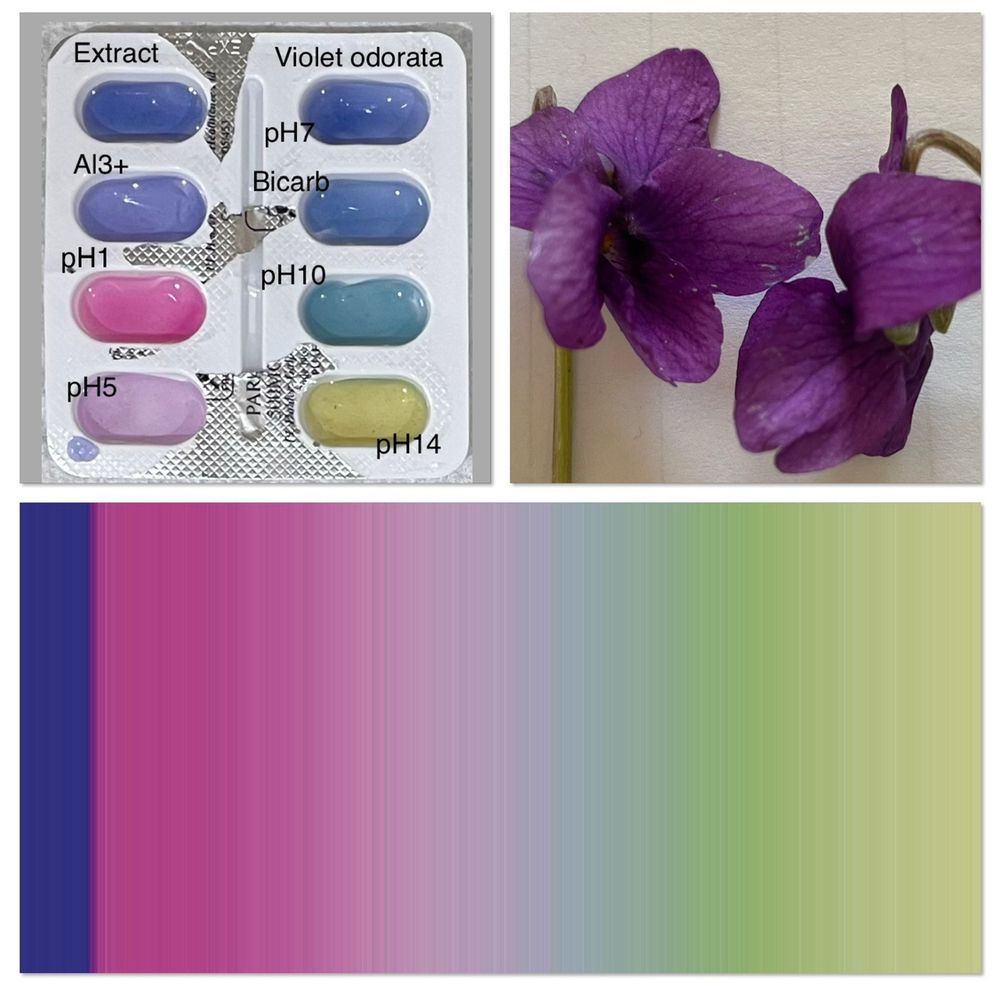
Roses are red, violets are blue….pink, turquoise, green and yellow!
RGB pH evaluation of a violet
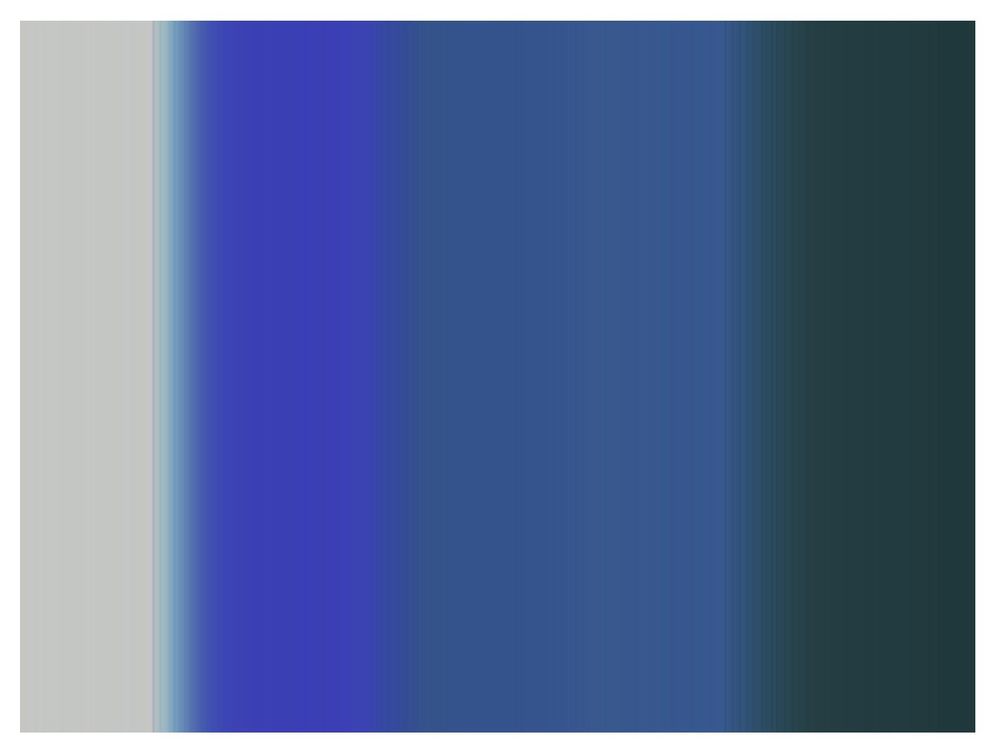
An RGB reaction plot showing ligand exchange for aqueous Cu²⁺ with sequential additions of ammonia, sodium salicylate, EDTA and catechol 💙
05.02.2025 11:33 — 👍 0 🔁 0 💬 0 📌 0A Christmas tradition and the 3rd #GardenIndicators Christmas edition - Red Cabbage! Such a wonderful range of colours at different pH. Merry Christmas everyone 🎄
25.12.2024 07:40 — 👍 2 🔁 0 💬 0 📌 0The second #GardenIndicators Christmas edition shows the pH profile of poinsettia bracts. Just look at the cheeky pink and purple in the RGB plot!
24.12.2024 16:48 — 👍 2 🔁 0 💬 0 📌 1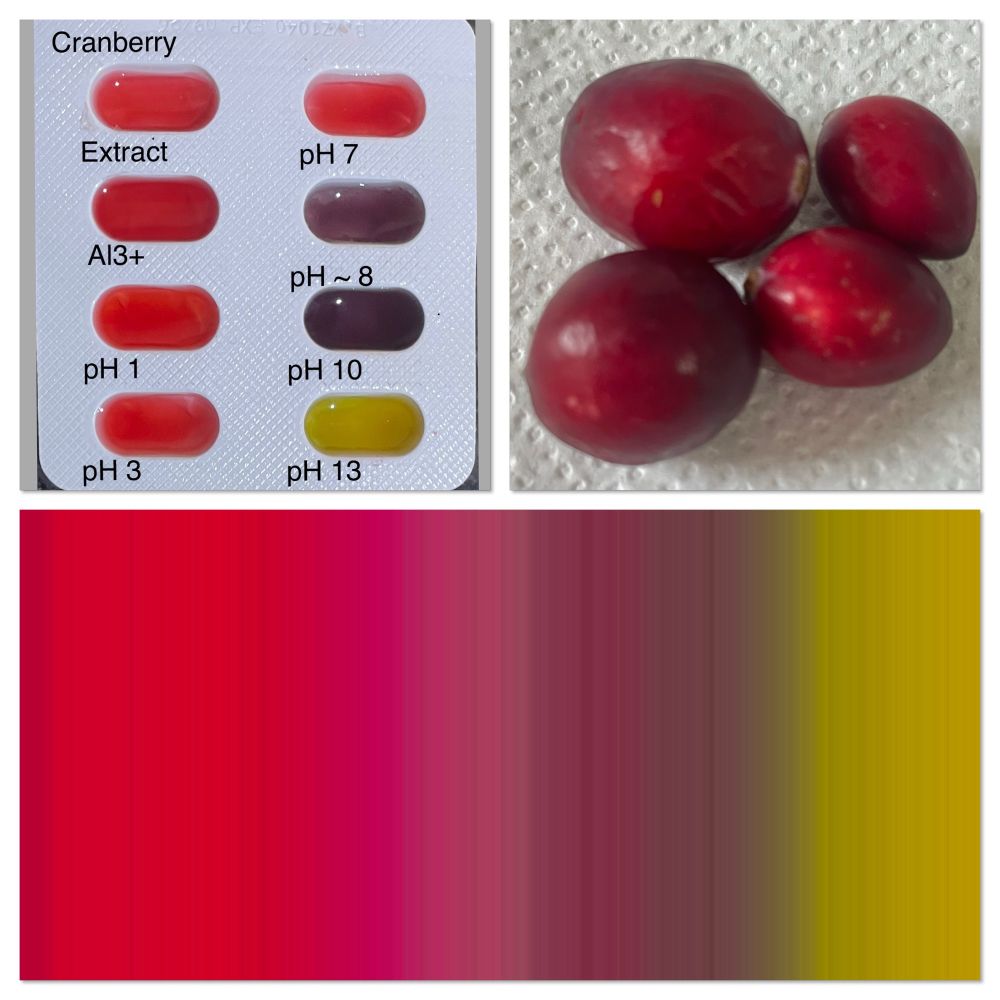
A collage of three photos showing some cranberries. The reaction of the extract at different pH ranging from reds, pinks, purple and yellow. Then a continuous pH profile from pH 1-14 showing how the colours change with the neutralisation reaction of acidified extract
#GardenIndicators Christmas edition! I bought the cranberries purely for the science and now I’ve got to make cranberry sauce from scratch! Here’s their pH profile and the RGB plot of the acidified extract neutralised with 0.1M NaOH, then adding 2M NaOH
22.12.2024 11:49 — 👍 24 🔁 3 💬 1 📌 1And thanks to @compoundchem.com for the fab advent calendar. Shame we only had 13 days to fulfil!
18.12.2024 20:48 — 👍 1 🔁 0 💬 0 📌 0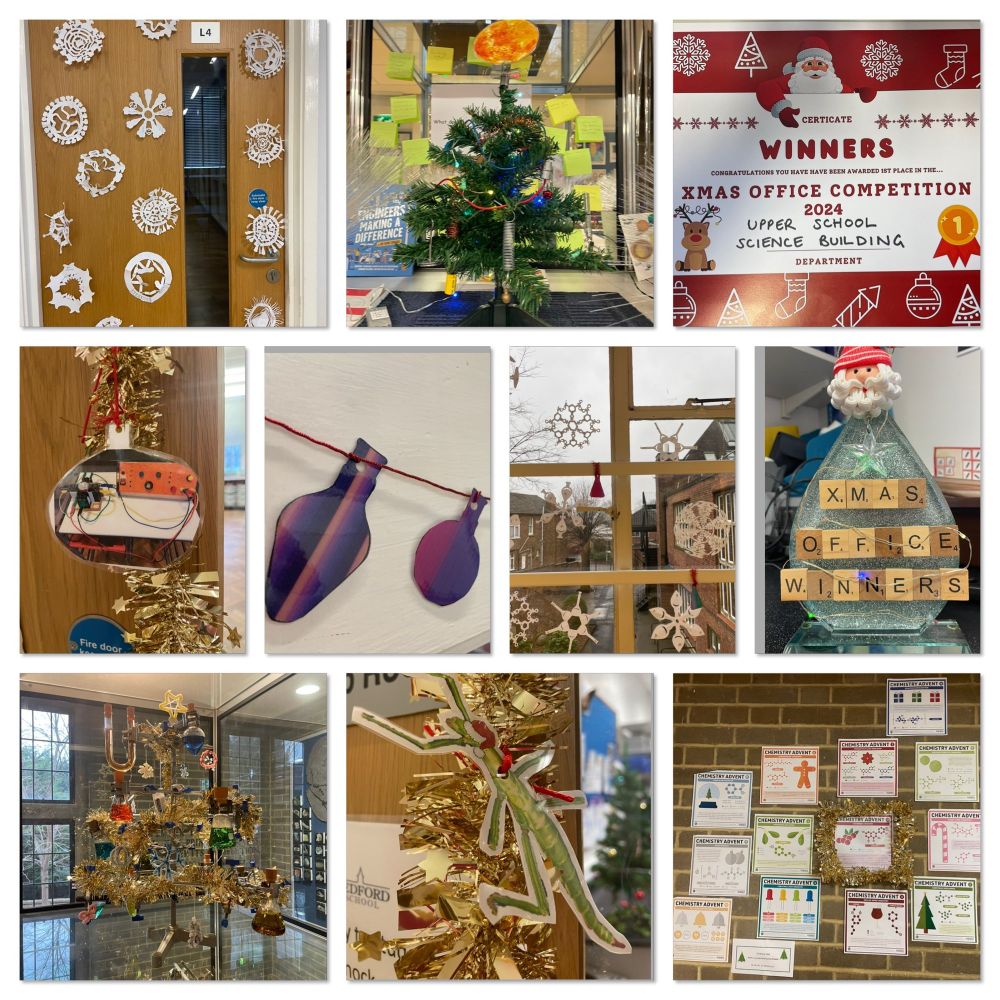
The Science Techs decorated the science department and we won the school Xmas decorations competition. Great team effort. Nice to show off what we do! Snowflakes, chemistrees, stick insects, and physics interactive light generators!
18.12.2024 20:22 — 👍 5 🔁 0 💬 1 📌 0Fab!
18.12.2024 20:12 — 👍 0 🔁 0 💬 0 📌 0I missed it too! I always love this
18.12.2024 19:26 — 👍 1 🔁 0 💬 1 📌 0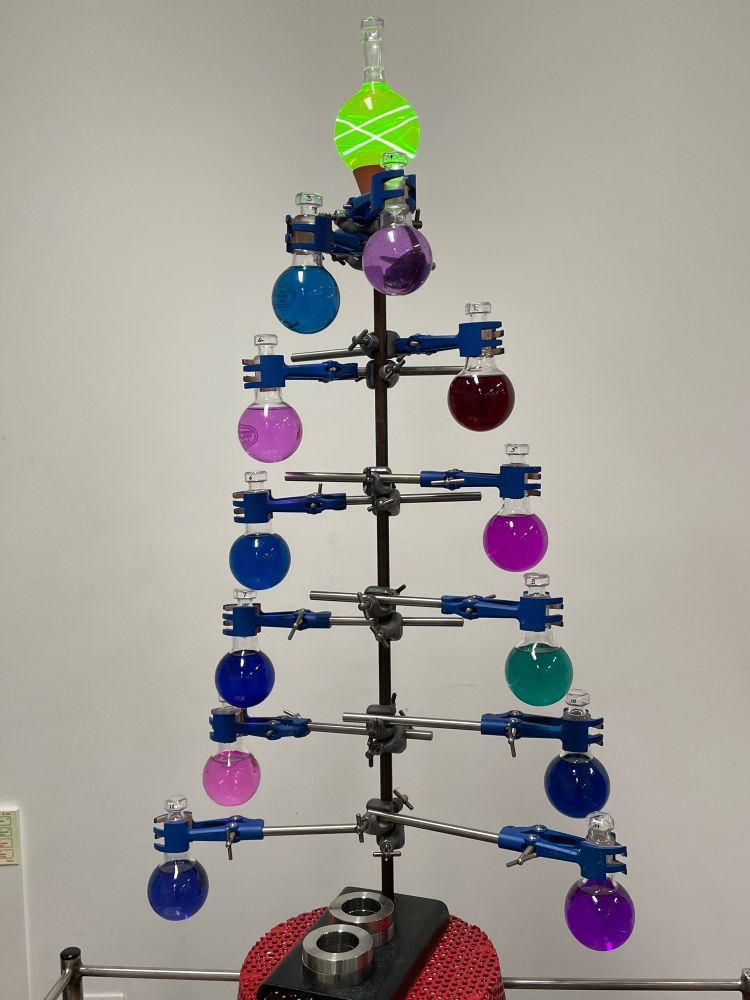
A list of all the phenolphthaleins will be added later.
We’ve made a lot of phenolphthaleins this year, so here is a multiple phenolphthalein #Chemistree #OChemistree that uses many of the compounds we made. Also featuring an illuminated fluorescein bauble at the top. All planned and made by our lab office team! (not on this platform yet).
18.12.2024 18:50 — 👍 39 🔁 7 💬 3 📌 3Beautiful! How many different phenolphthaleins have you got on there?
18.12.2024 19:20 — 👍 1 🔁 0 💬 2 📌 0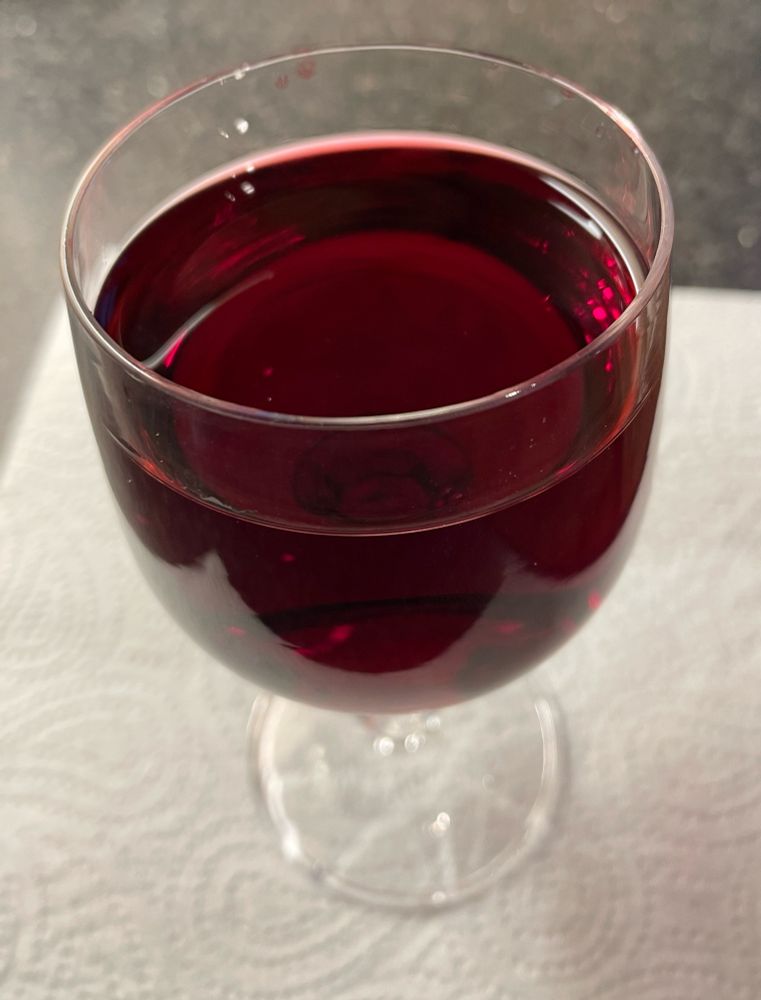
Bramble whisky. I made this by soaking brambles (blackberries) in a bottle of whisky and added some sugar. I then let the mixture soak for just over 3 months.
I tried a different type of #Gardenindicators experiment earlier this year. I started making bramble whisky in the late summer, this is the finished version after 3 months. Nice colour, quite a sweet taste, a bit like sloe gin. #Chemsky
15.12.2024 16:14 — 👍 35 🔁 3 💬 4 📌 0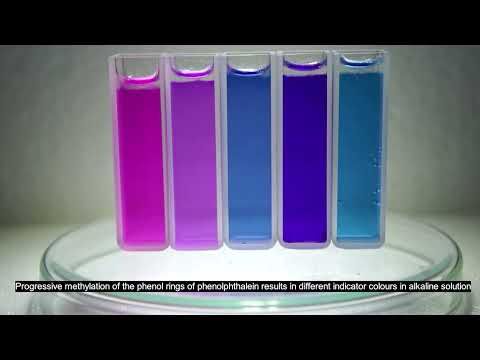
At this time of year the number of available #Gardenindicators is more limited. However, we’ve been making some classic pH indicators too. Interesting range of colours in the methyl phenolphthalein series #Chemsky youtu.be/lcHvVRApqaQ?...
08.12.2024 07:38 — 👍 34 🔁 6 💬 0 📌 0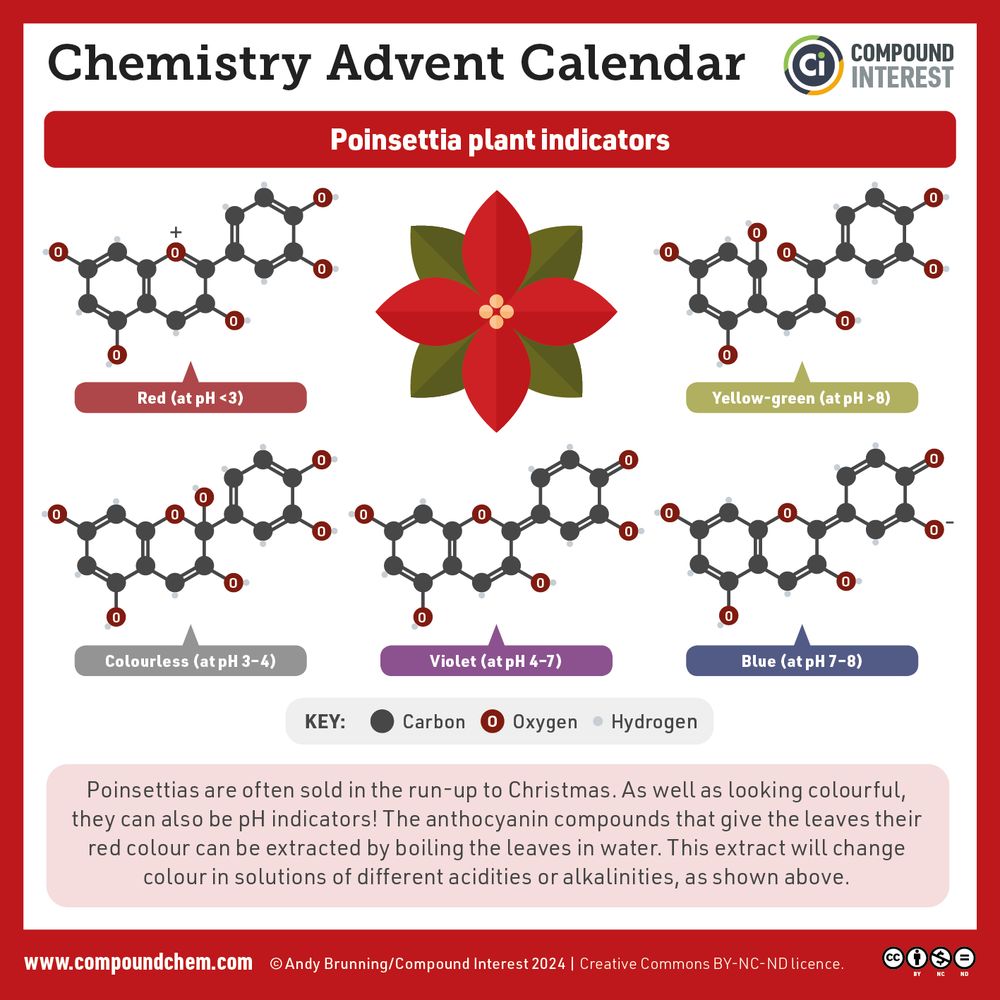
Infographic showing the different structures of the anthocyanin compounds in poinsettia plants at different pH values.
Day 2 of #ChemAdvent24 looks at how a colour-changing indicator can be made from festive poinsettia leaves.
This is possible because they contain anthocyanins, which undergo structural changes in acidic and alkaline solutions.
#GardenIndicators #ChemSky 🧪
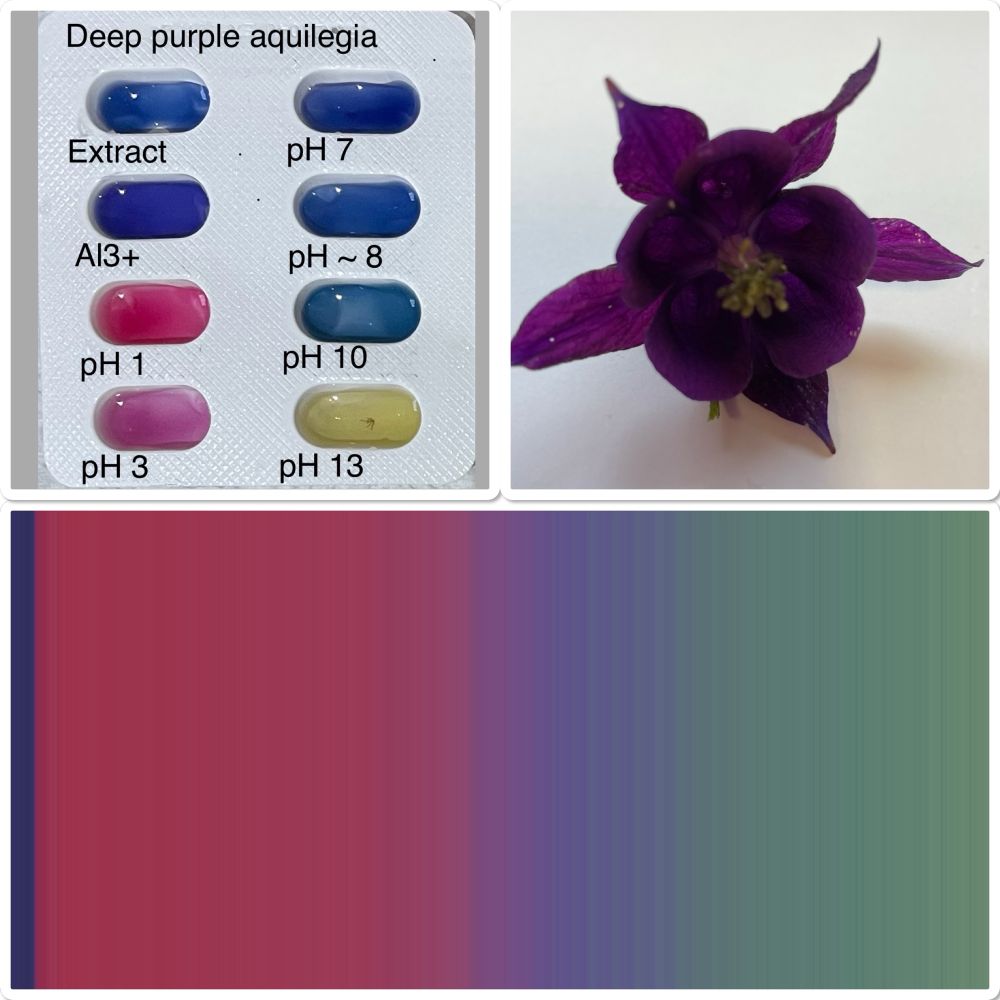
Showing a picture of a deep purple aquilegia flower. Then the extract is evaluated at different pHs with reds, blues and yellows. Then a continuous pattern from pink to blues and green as the acidified extract is neutralised with alkali
Flower extracts store really nicely in the freezer, this one is from May. It shows the pH profile of a deep purple Aquilegia from pH1 to 13 #GardenIndicators
01.12.2024 08:47 — 👍 3 🔁 0 💬 0 📌 0Here’s a 3,5-dinitrophenol snowflake designed by our Head of Chemistry! ❄️
27.11.2024 19:43 — 👍 49 🔁 10 💬 2 📌 1Beautiful #GardenIndicators evaluation of an oxalis! Look at those colours! Wow!
26.11.2024 20:30 — 👍 5 🔁 0 💬 1 📌 0Congratulations Jo! Very well deserved!
25.11.2024 09:38 — 👍 1 🔁 0 💬 1 📌 0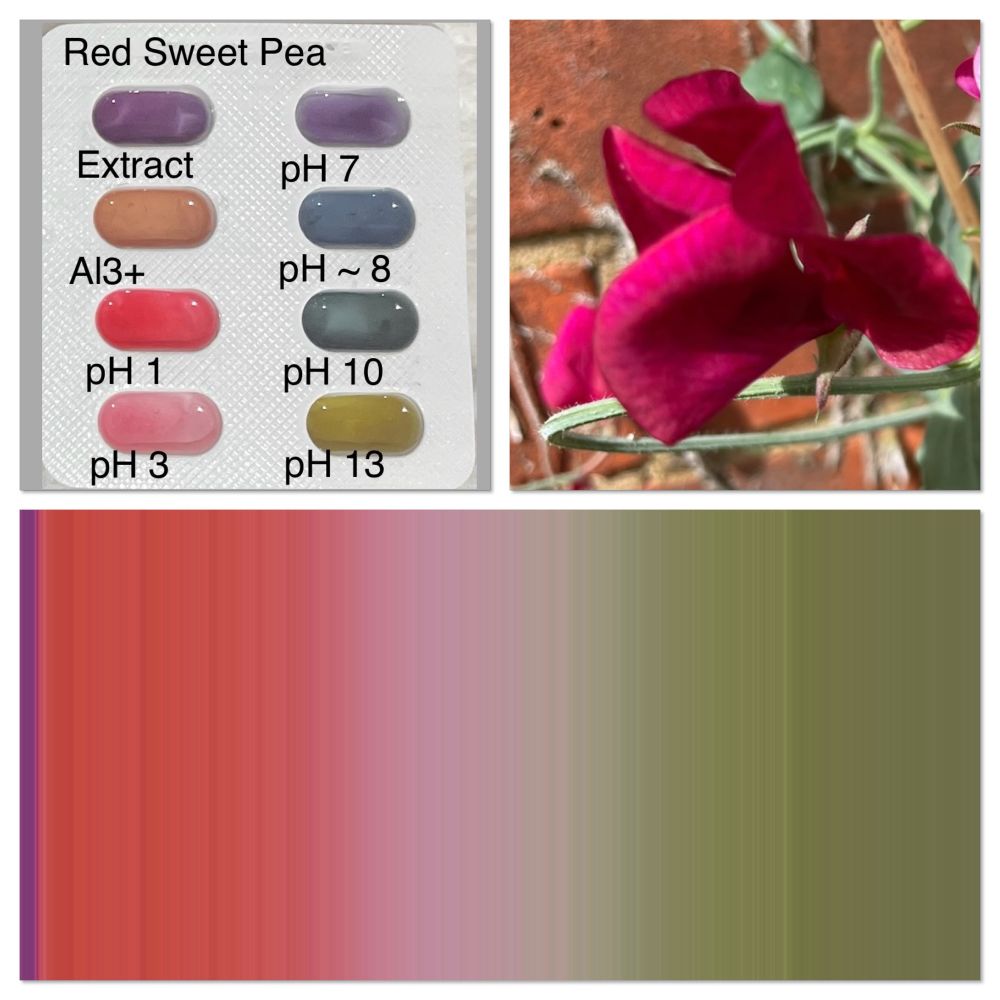
Here’s the pH evaluation of a red sweet pea from my garden. A cheeky blue around pH 8-10 is always a bonus! #GardenIndicators
24.11.2024 08:57 — 👍 23 🔁 3 💬 0 📌 0Happy #FluorescenceFriday 😁 Following @compoundchem.com great post last week, here is another easy one. Extraction of highly fluorescent aesculin from the bark of horse chestnut twigs. Aesculin fluoresces a beautiful blue under UV illumination. #RealTimeChem SCHOOL #TECHNICIANSMAKEITHAPPEN
22.11.2024 11:10 — 👍 23 🔁 7 💬 2 📌 0Can’t wait to see if there are some crystals
22.11.2024 06:22 — 👍 1 🔁 0 💬 1 📌 0There are lots of evaluations I still need to update!
21.11.2024 19:40 — 👍 1 🔁 0 💬 0 📌 0